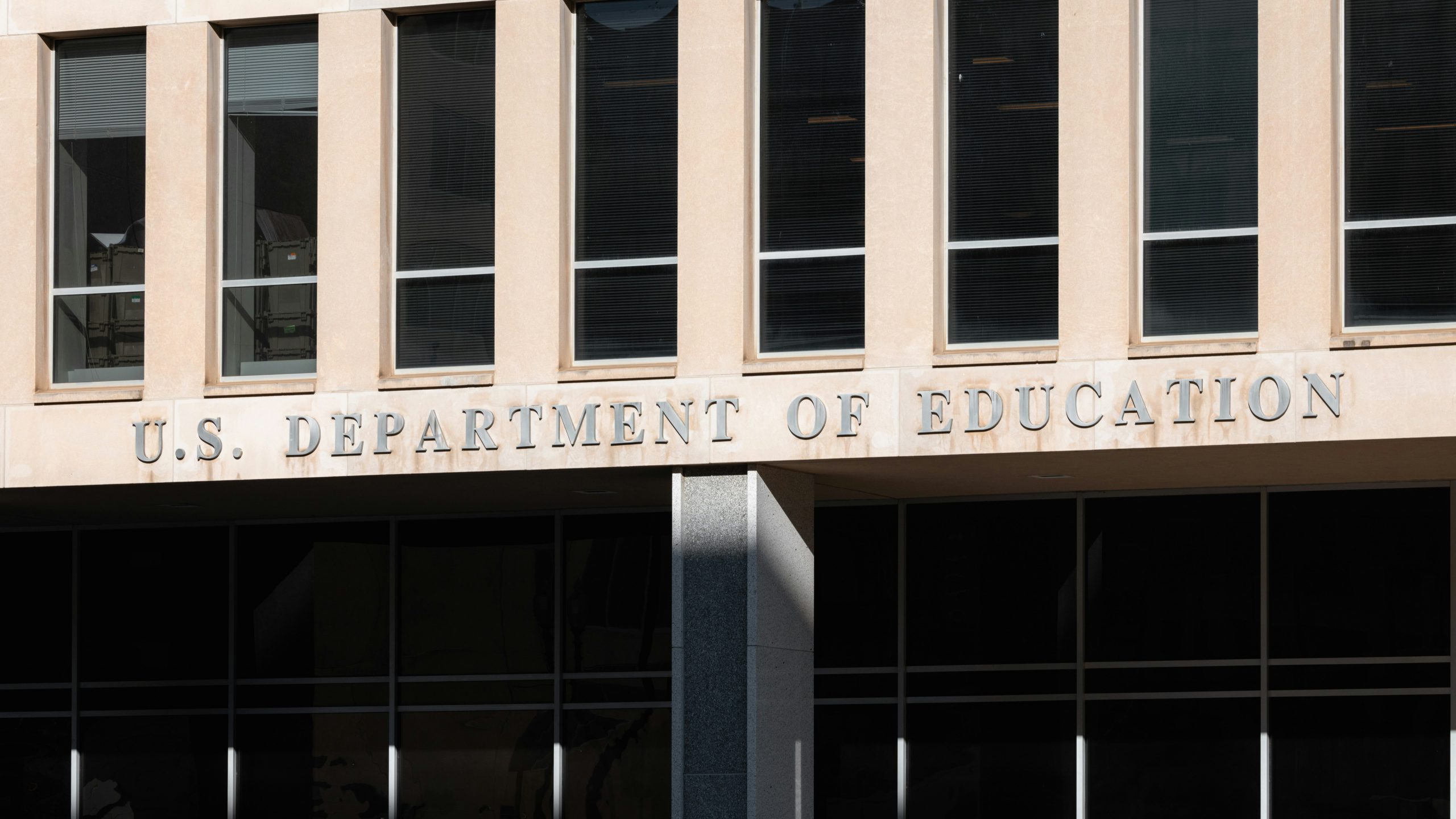PSLF Has Been Broadened… but What About Income-Driven Repayment Plans? Here’s What We Know.

As you may have seen, the family of Income-Driven Repayment (IDR) offer a number of benefits outside of PSLF. These plans, by name, are:
- Income-Contingent Repayment (ICR, est. 1993)
- Income-Based Repayment (IBR, est. 2009)
- Pay As You Earn (PAYE, est. 2012)
- Revised Pay As You Earn (REPAYE, est. 2015).
ALL of these plans qualify for PSLF, as well as loan forgiveness after 20 or 25 years of repayment, regardless of employment. Payments on these plans must be made on-time and in full to count moving forward. But on April 19th, the Dept. of Education announced a “One-Time Revision” of payment counts so that borrowers could achieve additional progress towards forgiveness.
This revision aligns closely with the PSLF Waiver, and awards forgiveness credit for the following loan statuses that previously did NOT qualify:
- Any months in which a borrower was in ANY repayment status, regardless of the payments made, loan type, or repayment plan.
- Borrowers who spent 12 or more months consecutively in forbearance, or 36 or more months in forbearance cumulatively.
- Months spent in deferment prior to 2013 (with the exception of in-school deferment).
- Any time in repayment prior to consolidation on consolidated loans.
ED further states that:
- Any borrower with loans that have accumulated time in repayment of at least 20 or 25 years will see automatic forgiveness, even if they are not currently on an IDR plan.
- If you have made qualifying payments that exceed forgiveness thresholds (20 or 25 years), you will receive a refund for your overpayment.
- Borrowers who have commercially-managed FFEL, Perkins, Health Education Assistance Loan (HEAL) Program, or other non-Direct Loan loans should apply for a Direct Consolidation Loan by May 1, 2023, to get the full benefits of the one-time account adjustment.
These adjustments also apply to those pursuing Public Service Loan Forgiveness, making that last bullet extremely important. The deadline to consolidate under the PSLF Waiver was 10/31/22, and this May 1st consolidation option was not included back in April.
These changes are intended to benefit borrowers of non-Direct loans, and Direct loans that were not in IDRs before the CARES payment halt took effect in March 2020. If you already have all Direct loans, and have been on an IDR plan prior to the CARES payment halt (which also qualifies towards forgiveness), or you graduated since then, you need to take no action.
But, if you had outstanding federal loans NOT in an IDR before March of 2020, you may be eligible for credit. This credit will be applied automatically… but there are some instances where your efforts can maximize it:
For example, Direct loan borrowers have been able to intentionally consolidate loans with different IDR/PSLF counts, and have received maximum forgiveness credit for their entire portfolio. With the limited details ED has released thus far, we do not know if consolidations (which do not contain FFEL loans) will be treated in the same manner moving forward. If this may benefit you, we suggest holding off until more information is available from ED. As of now, we only have announcement to go off of. You may wish to consolidate closer to the May deadline, and then see the automatic adjustment in June/July.
We will update this blog as more details emerge. In the meantime, if all of this is overwhelming… register for a PSLF opportunity assessment and find out your optimal payment path for when payment resumes in January.





Sorry, Comments are closed!